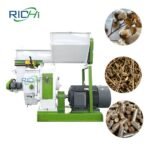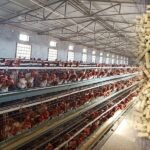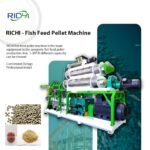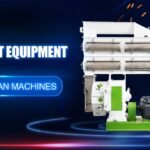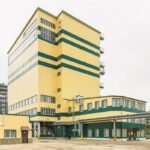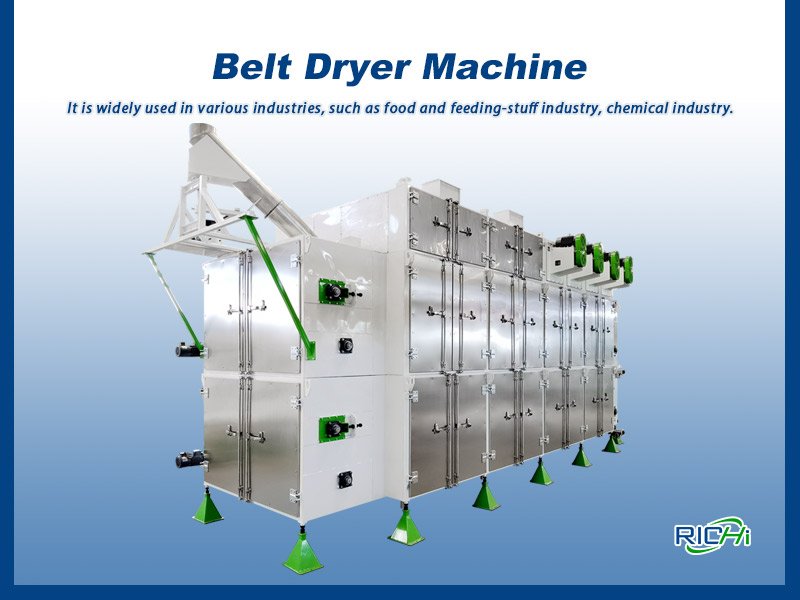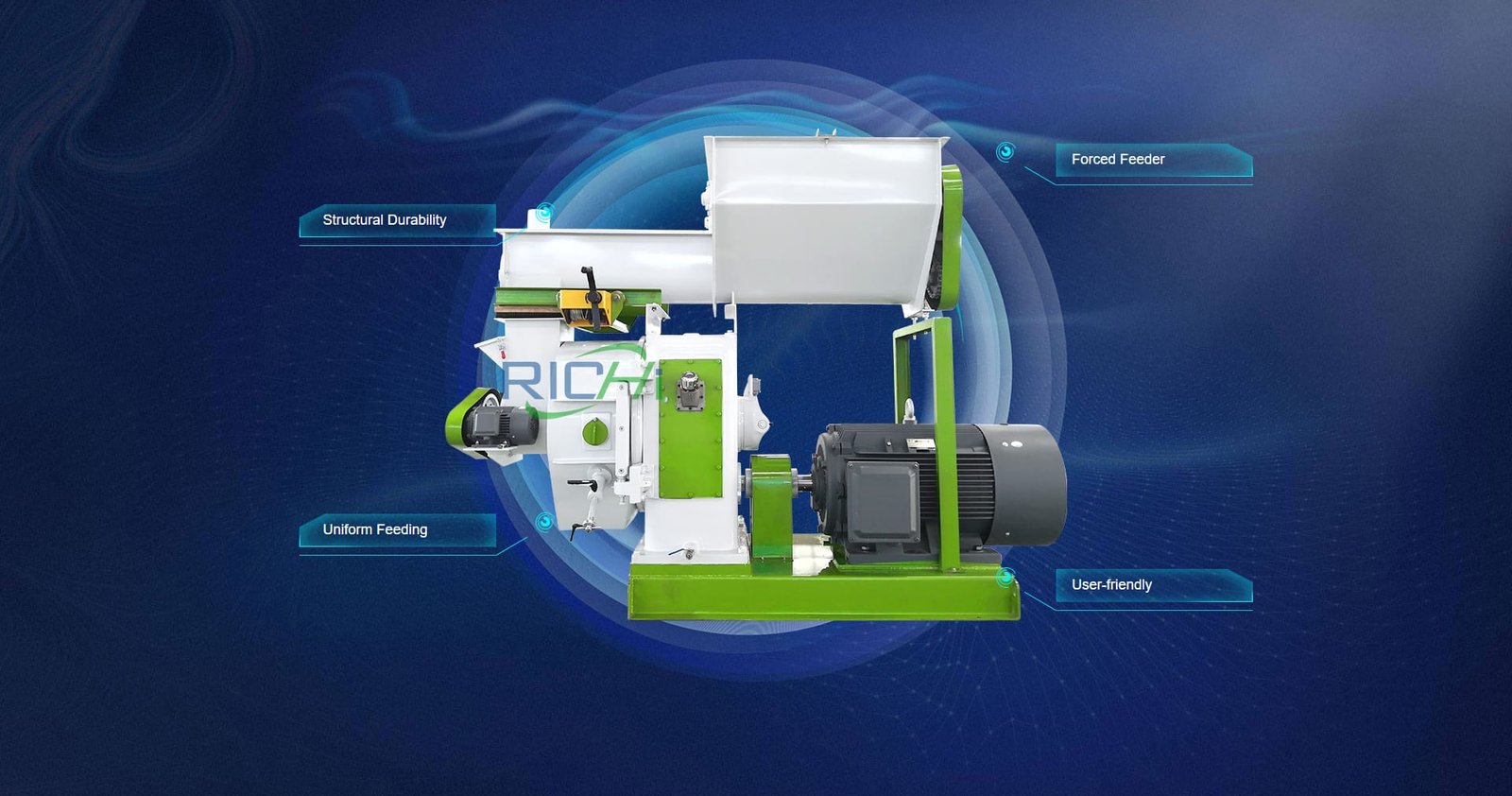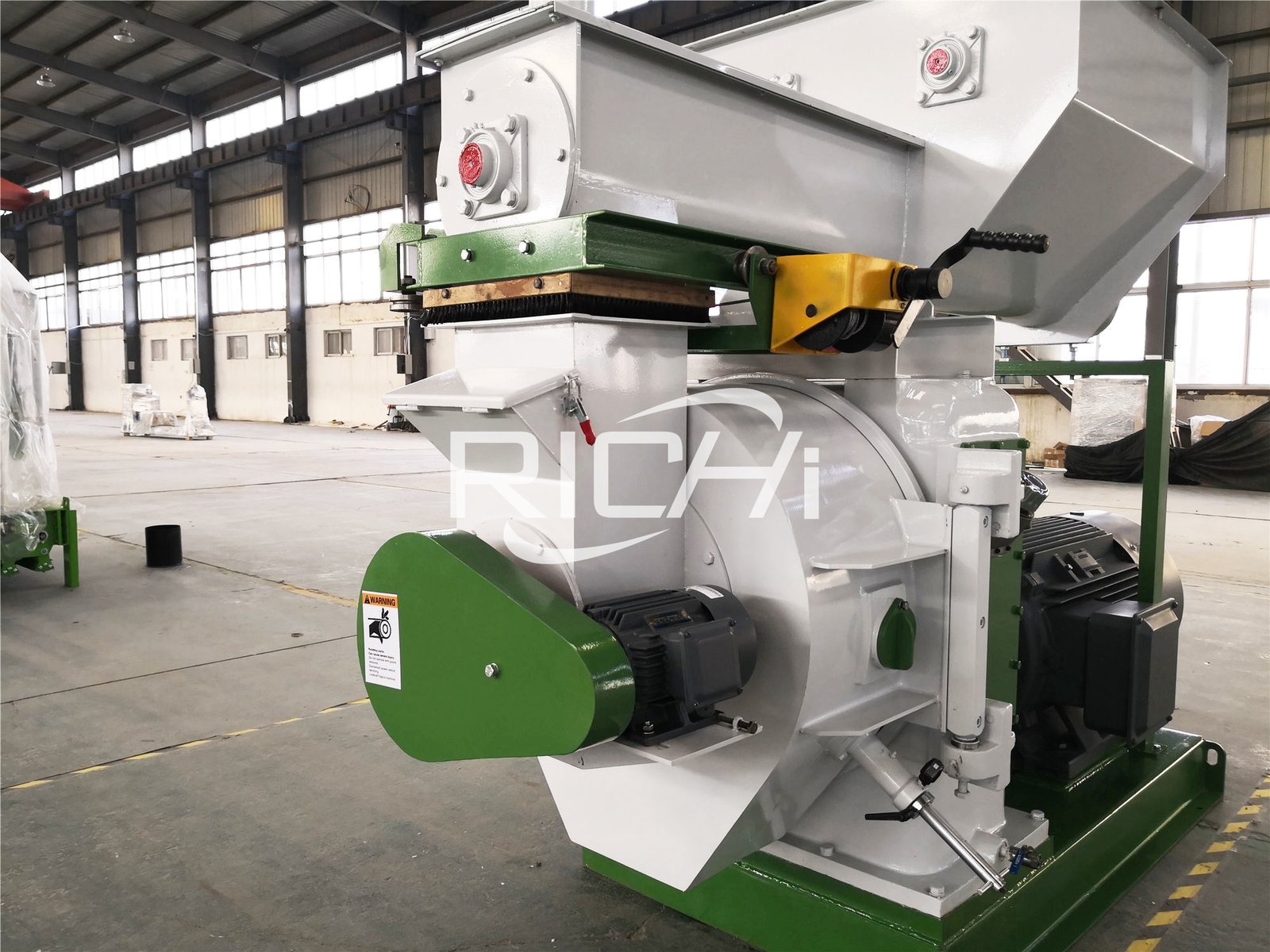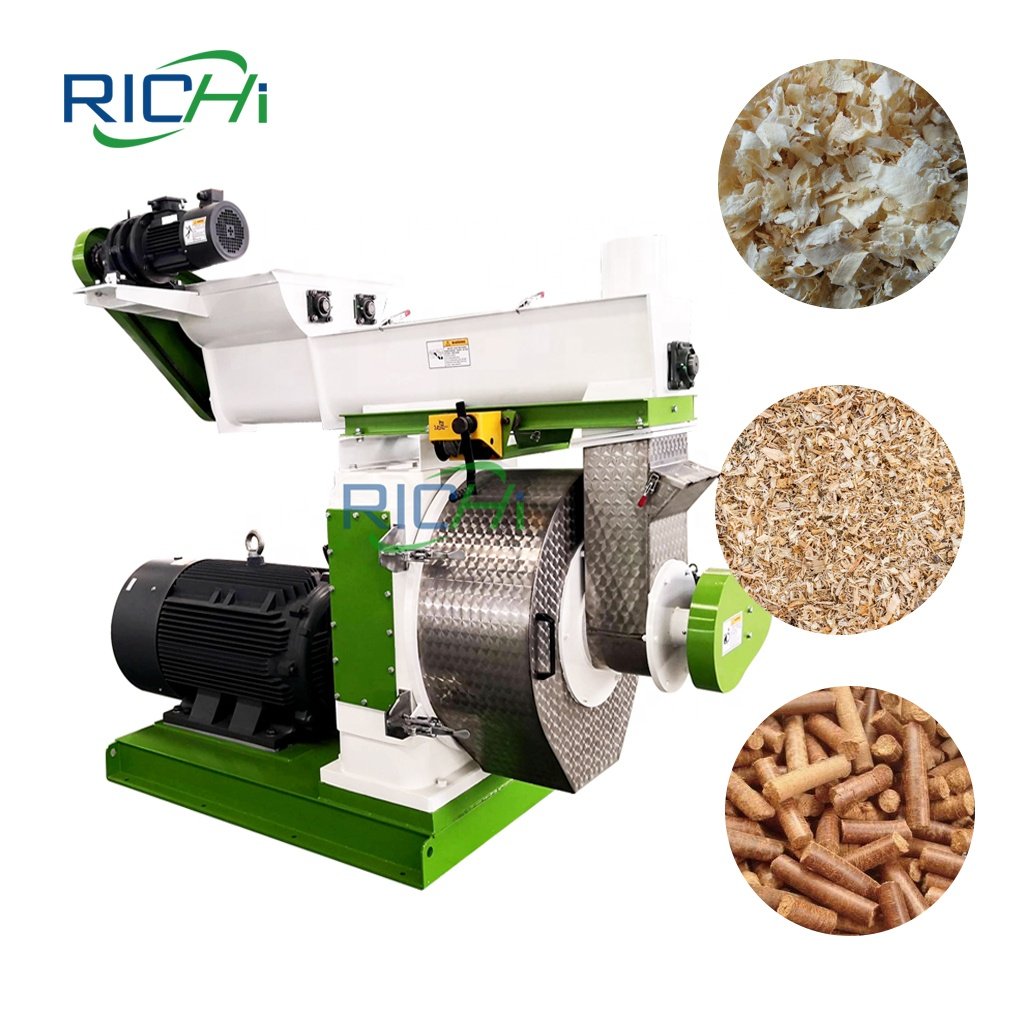Belt dryer machines are widely used in various industries for drying materials efficiently and effectively. These machines utilize a continuous conveyor belt to transport the materials through a drying chamber, where hot air is circulated to remove moisture.
To ensure optimal performance, belt dryer machines consist of several key components that work together to achieve the desired drying results. In this article, we will explore the essential components of a belt dryer machine and their functions.
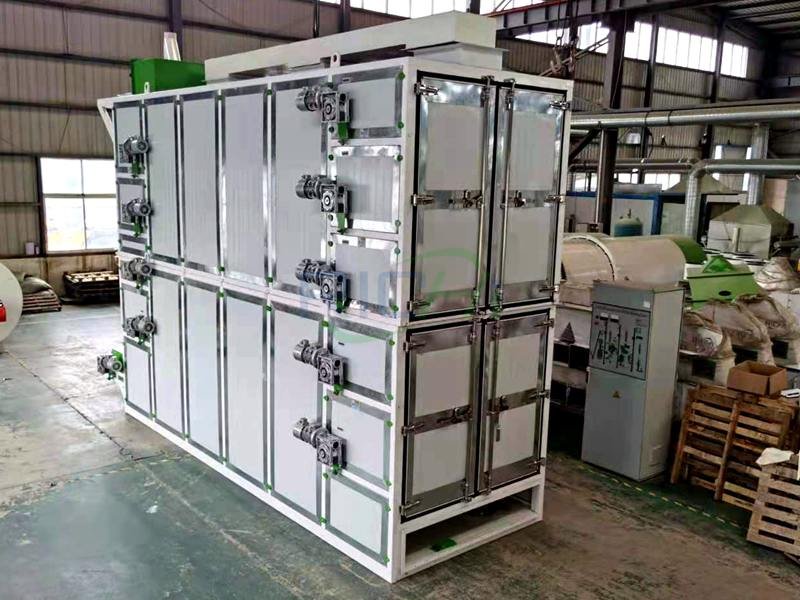
Principles of Belt Drying Technology
Belt drying technology is based on the principle of using hot air to remove moisture from materials. The materials are spread evenly onto a conveyor belt, which moves continuously through a drying chamber.
As the belt passes through the chamber, the hot air is blown onto the materials, evaporating the moisture. The moisture-laden air is then expelled from the system, and the dried materials are collected at the end of the belt. This continuous process ensures efficient drying while maintaining the quality of the materials.
Design and Structure of Belt Dryer Machines
The design and structure of the belt dryer machine are crucial for achieving optimal drying performance. These machines typically consist of a drying chamber, conveyor belt, heating system, airflow and ventilation systems, control systems, and energy-efficient components.
The drying chamber is designed to provide sufficient space for the materials to spread evenly on the belt and allow the hot air to circulate effectively. The conveyor belt is made of durable material, such as stainless steel or mesh, to withstand high temperatures and ensure smooth movement of the materials.
Types of Belts Used in Belt Dryer Machines
Various types of belts are used in belt dryer machines, depending on the specific requirements of the materials being dried.
The most commonly used belts include mesh belts, chain-driven belts, and perforated plate belts. Mesh belts are suitable for drying small-sized materials and provide excellent ventilation.
Chain-driven belts are used for heavier materials and can withstand higher loads. Perforated plate belts are ideal for drying delicate materials that require minimal contact with the belt surface.
Related post: https://richipelletizer.com/belt-dryer-machine/
Heating Systems in Belt Dryer Machines
Heating systems play a critical role in belt dryer machines as they provide the necessary heat to evaporate moisture from the materials.
- Commonly used heating systems include electric heaters, gas burners, and steam heat exchangers. Electric heaters are reliable and easy to control, making them suitable for small-scale drying operations.
- Gas burners offer high heat output and are often used in large-scale industrial applications. Steam heat exchangers utilize steam as the heat source, providing efficient and uniform heating across the drying chamber.
Airflow and Ventilation in Belt Dryer Machines
Proper airflow and ventilation are essential for achieving uniform drying and preventing the accumulation of moisture in RICHI manufacture belt dryer machines. Airflow is created by fans or blowers that circulate the hot air evenly throughout the drying chamber.
Ventilation systems, such as exhaust fans or vents, remove the moisture-laden air from the chamber to maintain the desired drying conditions. The airflow and ventilation systems should be carefully designed to ensure efficient drying and prevent any potential issues, such as overheating or poor drying quality.
Control Systems in Belt Dryer Machines
Control systems are vital for monitoring and regulating the drying process in belt dryer machines. These systems typically include temperature sensors, humidity sensors, and programmable logic controllers (PLCs). Temperature sensors measure the temperature inside the drying chamber, allowing the control system to adjust the heating output accordingly.
Humidity sensors monitor the moisture content of the air to ensure optimal drying conditions. PLCs control and coordinate the operation of various components, such as the conveyor belt speed, heating system, and airflow, to achieve consistent and precise drying results.
Energy Efficiency in Belt Dryer Machines
Energy efficiency is a crucial consideration in belt dryer machines to reduce operating costs and minimize environmental impact. Several energy-efficient components can be incorporated into these machines to optimize their performance. Insulation materials, such as thermal blankets or panels, can be used to reduce heat loss from the drying chamber.
Heat recovery systems, such as heat exchangers, can capture and reuse the heat from the exhaust air, increasing overall energy efficiency. Variable speed drives can also be employed to adjust the conveyor belt speed and fan speed based on the drying requirements, further optimizing energy consumption.
Maintenance and Cleaning of Belt Dryer Machines
Regular maintenance and cleaning are essential to ensure the longevity and reliable operation of belt dryer machines. Maintenance tasks may include inspecting and lubricating the conveyor belt, checking the heating system for any issues, and cleaning the drying chamber to remove any residue or debris.
The frequency of maintenance tasks may vary depending on the usage and the materials being dried. It is important to follow the manufacturer’s guidelines and schedule routine maintenance to prevent breakdowns and optimize the machine’s performance.
Applications and Industries for Belt Dryer Machines
Belt dryer machines find applications in a wide range of industries where drying is required.
- They are commonly used in the food industry for drying fruits, vegetables, grains, and herbs. In the pharmaceutical industry, belt dryers are used to dry active pharmaceutical ingredients and granules.
- These machines are also employed in the chemical industry for drying pigments, polymers, and catalysts.
- Additionally, belt dryers are utilized in the textile industry for drying fabrics and fibers.
- The versatility and efficiency of belt dryer machines make them indispensable in various industries that rely on drying processes.
Key Components of a Belt Dryer Machine
Belt dryer machines offer an effective and efficient solution for drying materials in various industries. The key components, including the design and structure, types of belts used, heating systems, airflow and ventilation systems, control systems, energy-efficient components, and maintenance procedures, all contribute to the overall performance and reliability of these machines.
By understanding the key components and their functions, industries can make informed decisions when selecting and operating belt dryer machines to achieve optimal drying results and enhance productivity.

